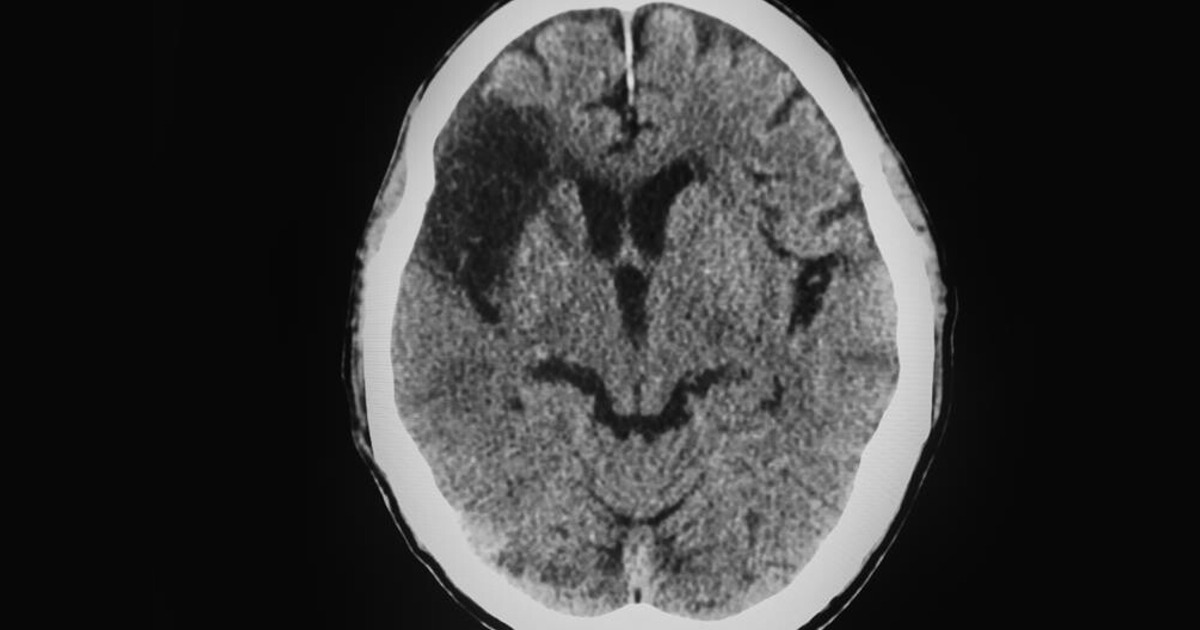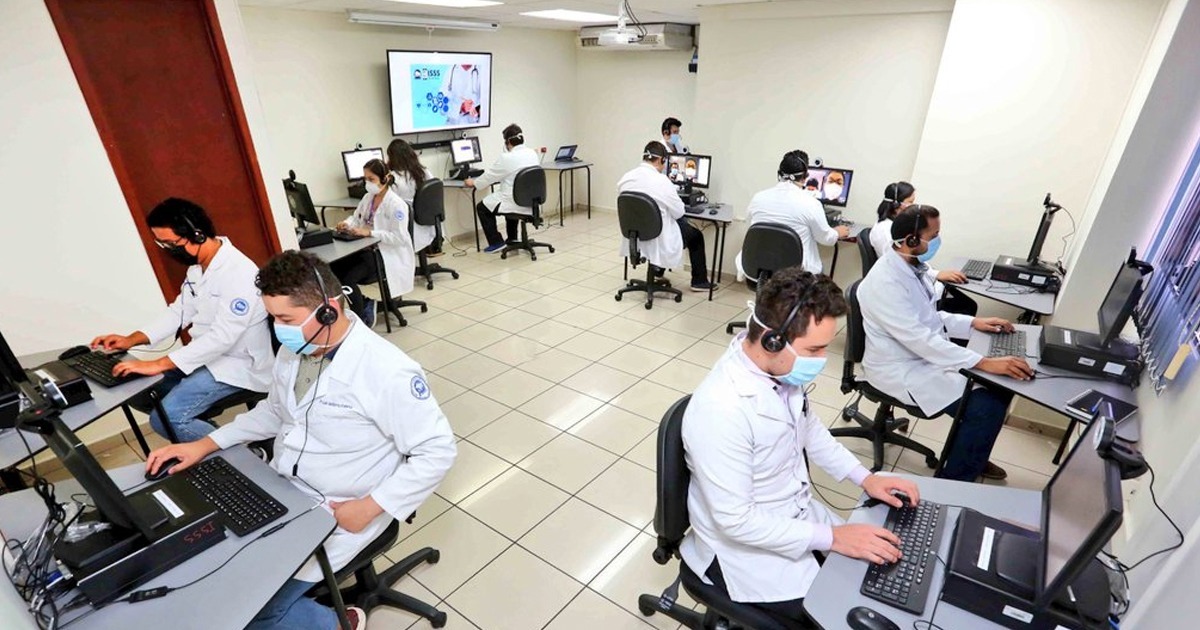The Inter-American Development Bank (IDB) published a study on the current state of telemedicine regulatory frameworks and the challenges of their development and implementation.
The IDB published the study Telemedicine regulatory framework. Current status and pending tasks, which addresses the importance of regulatory frameworks in the current era and in digitization processes. In addition, it recognizes the importance of Digital Health in the Sustainable Development Goals (SDG) and in the Global Digital Health Strategy 2020-2025 of the World Health Organization (WHO).
In this sense, telemedicine is a key practice for the digital transformation of health systems and for health care itself. The document defines telemedicine as the area within telehealth that refers to the provision of remote health services in the components of promotion, prevention, diagnosis, treatment and rehabilitation.
Likewise, the document defines telehealth as the set of activities related to health, services and methods that are carried out at a distance and with the help of information and communication technologies. Its objective is to take care of health, whether through healthcare, educational, research or management purposes.
The regulatory aspects of telemedicine are related to its different modalities, synchronous or asynchronous, responsibility of the health professionals who practice it, instances of certification and accreditation of professionals and institutions, data transmission, telemedicine as a complementary service, among others.

It is also very important to take into account the technical and technological aspects, when creating regulatory frameworks. These aspects focus on the creation of the infrastructure and implementation of adequate connectivity, so that a quality telemedicine service can be offered. For example, the identification of professionals, use of health devices and platforms for the exercise of telemedicine, among others.
Governance in telemedicine is another element highlighted by the IDB. Having public policies and special telemedicine programs are key to strengthening a regulatory framework at the national level. That is, public policies and government programs must respond, for example, to a national health strategy, and not be programs isolated from a strategy.
In addition to the quality of the service, the protection of personal data in telemedicine is just as important for patients. A complete regulatory framework must include issues of privacy and confidentiality of the health information of all patients, as well as other aspects such as consent for data processing, data security, among others.
Similarly, one of the basic elements of a regulatory framework is the legal aspect, which must include regulations aimed at reducing gaps in access to health and digital gaps.
The IDB created a tool to measure the regulatory aspects of telemedicine, through three statements: there are regulations on telemedicine; the regulatory framework establishes definitions on the use of telemedicine; and the regulatory framework provides for the telemedicine tool to establish secure communication channels.
These affirmations are categorized into five levels:
- Essential
- Development phase
- Advanced
- Optimum
- Consolidated
To read the full document go to the following link: https://publications.iadb.org/publications/spanish/document/Marco-normativo-de-telemedicina-estado-actual-y-tareas-pendientes.pdf





